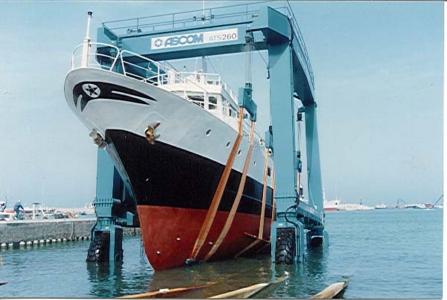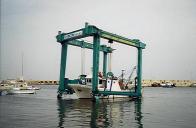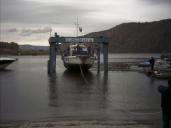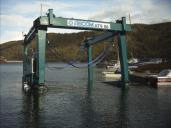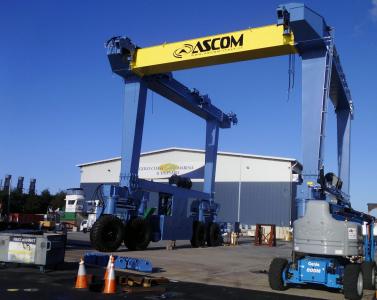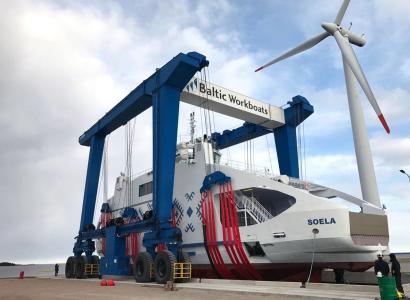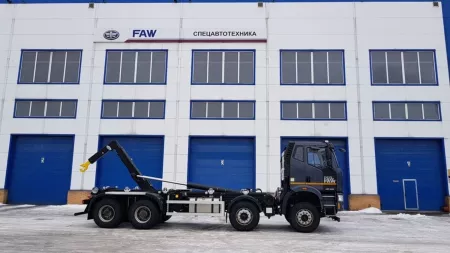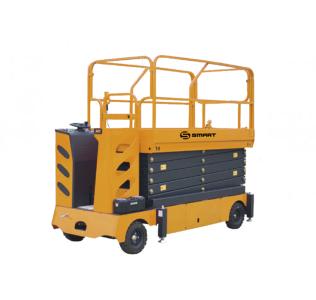ATS Amphibious lifts
Category:
Special machinery manufacturer:
Model:
Condition:
Not specified
Availability:
Not specified
#30737
Specifications
In general, the design of ATS-type amphibious lifts is similar to BHT-type lifts. The main difference is that the amphibious lift is not located in a special dock when lifting the vessel, but drives directly into the water along a special inclined plane – a slip. The use of such lifts is justified if the customer already has a previously built slip, or there are strong fluctuations in the water level in the water area – more than 7 meters.
The maximum slope covered by the lift is 14%. To overcome a large slope, the lift has an all-wheel drive. The engine compartment, hydraulic and electrical equipment are placed above the crossbeam to protect against immersion. All parts that sink into the water, as well as all connections, are carefully sealed.
The vessel is lifted as follows: the lifter is lowered down the slip into the water to a depth sufficient for the vessel to enter. The slings are lowered, the vessel is positioned above them, and the vessel is lifted out of the water with the help of winches. Next, the lift slides out of the water onto the work site. During the lifting process, the operator must constantly monitor and adjust the horizontal position of the vessel's hull. At the end of the lifting, the vessel is transported to the parking place, or reloaded onto a trailer for further transportation.
The maximum slope covered by the lift is 14%. To overcome a large slope, the lift has an all-wheel drive. The engine compartment, hydraulic and electrical equipment are placed above the crossbeam to protect against immersion. All parts that sink into the water, as well as all connections, are carefully sealed.
The vessel is lifted as follows: the lifter is lowered down the slip into the water to a depth sufficient for the vessel to enter. The slings are lowered, the vessel is positioned above them, and the vessel is lifted out of the water with the help of winches. Next, the lift slides out of the water onto the work site. During the lifting process, the operator must constantly monitor and adjust the horizontal position of the vessel's hull. At the end of the lifting, the vessel is transported to the parking place, or reloaded onto a trailer for further transportation.
Industrial lifts
Wholesale prices
0 ₽
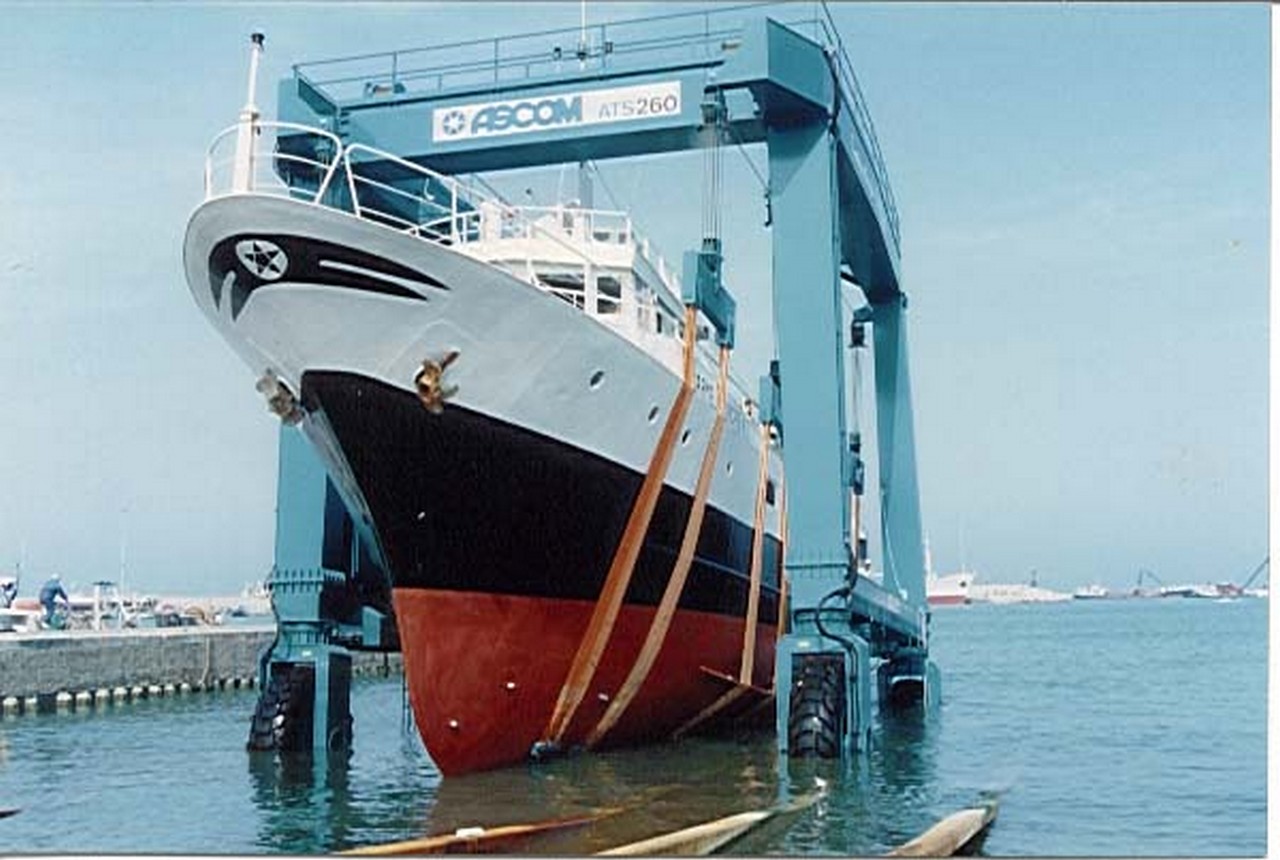
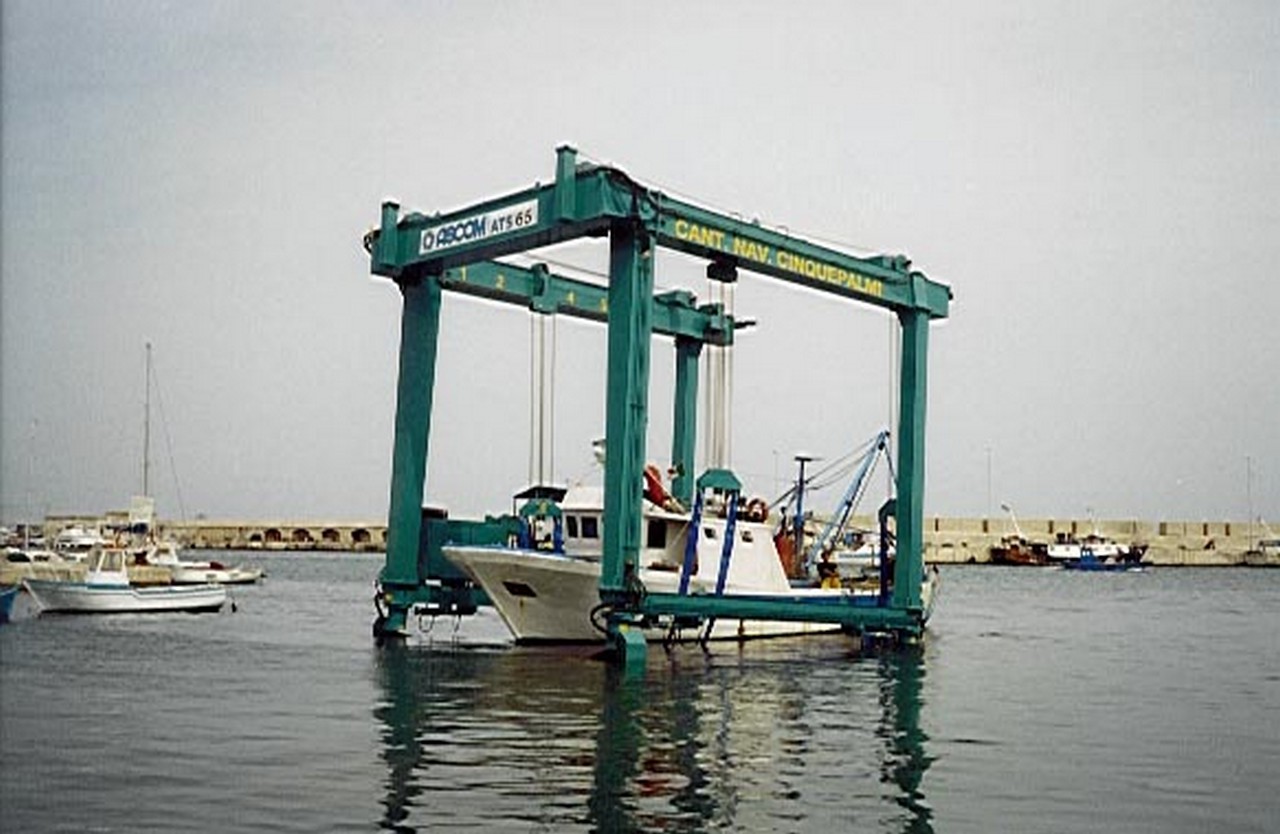
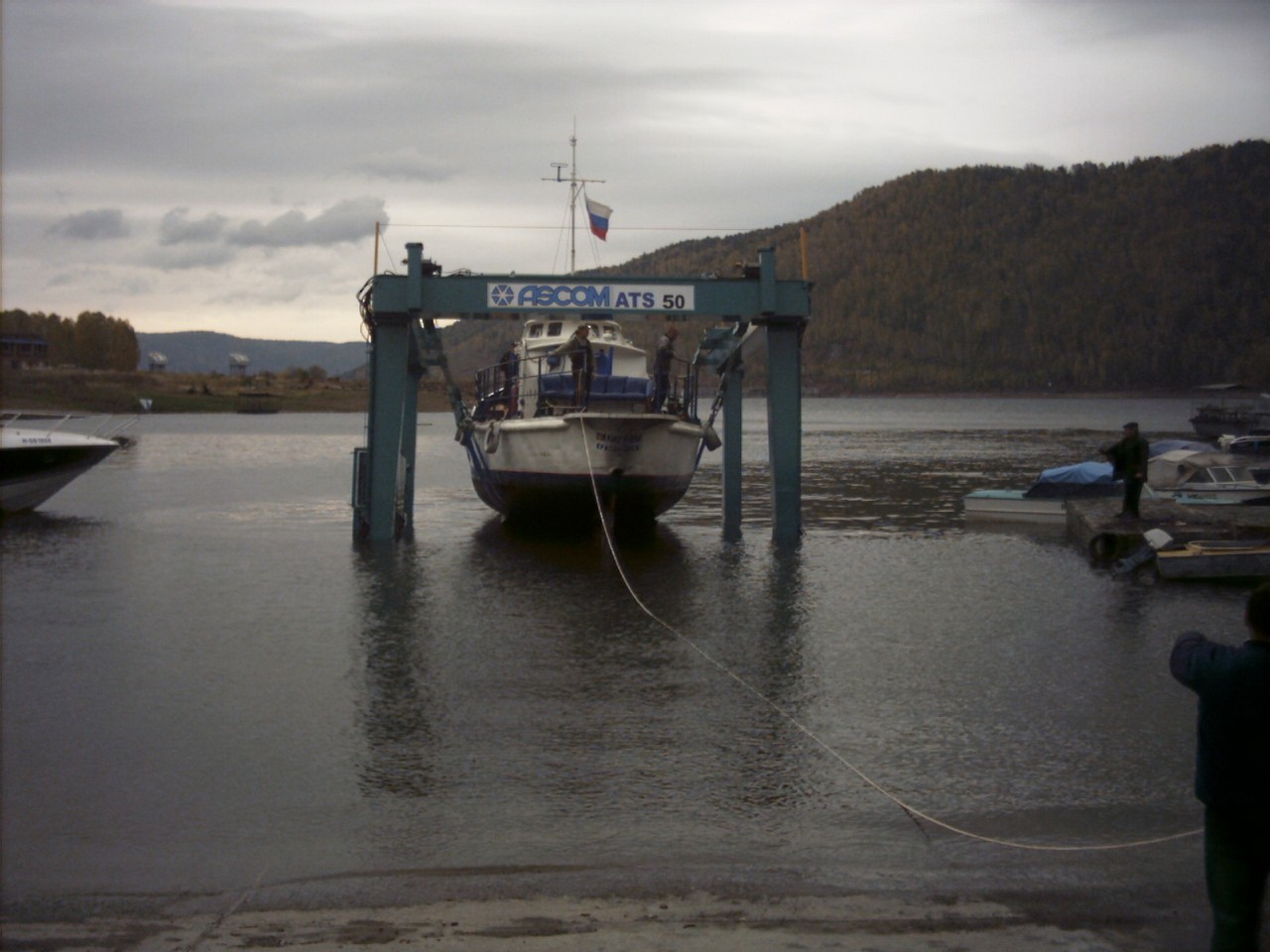
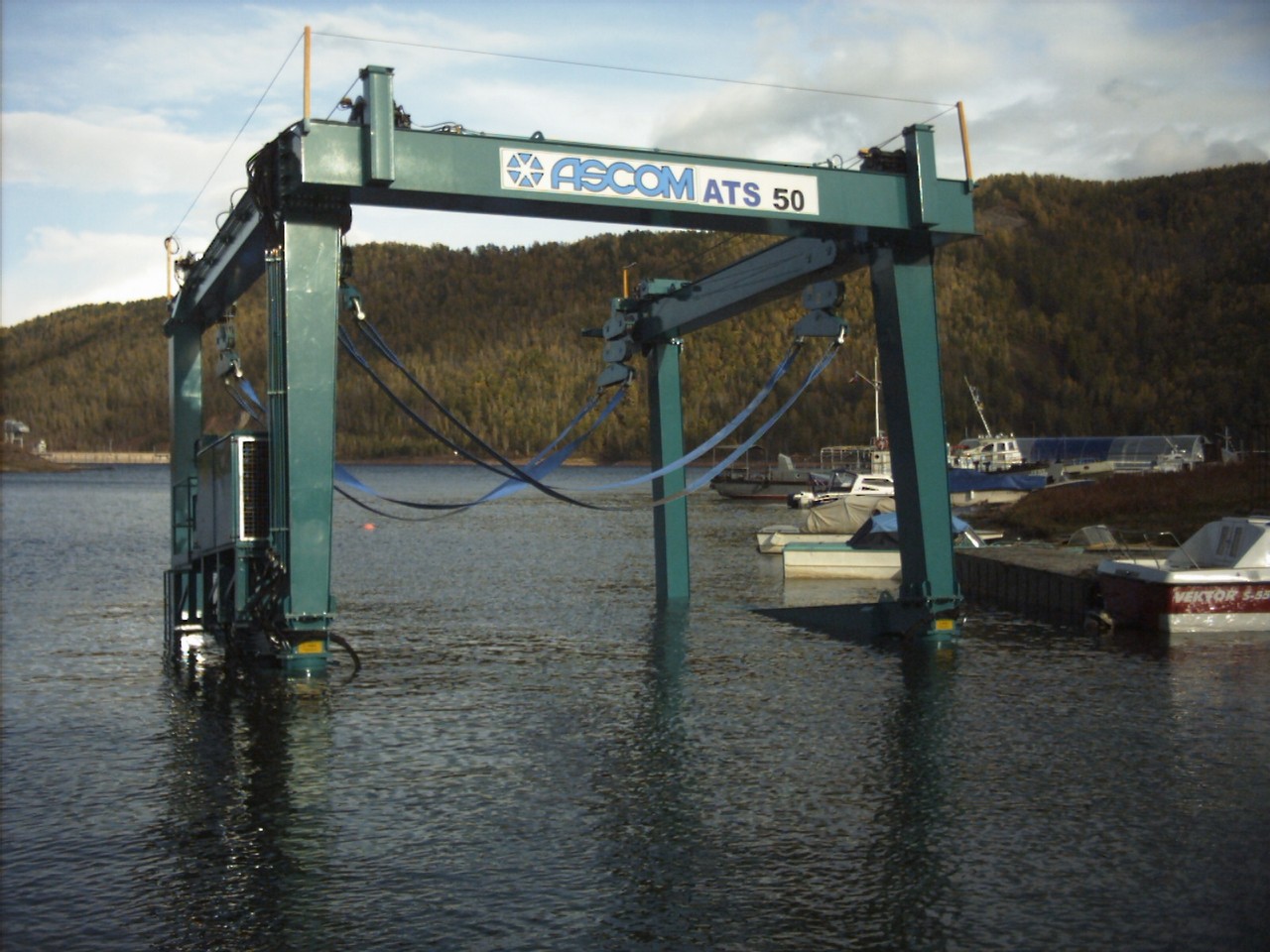

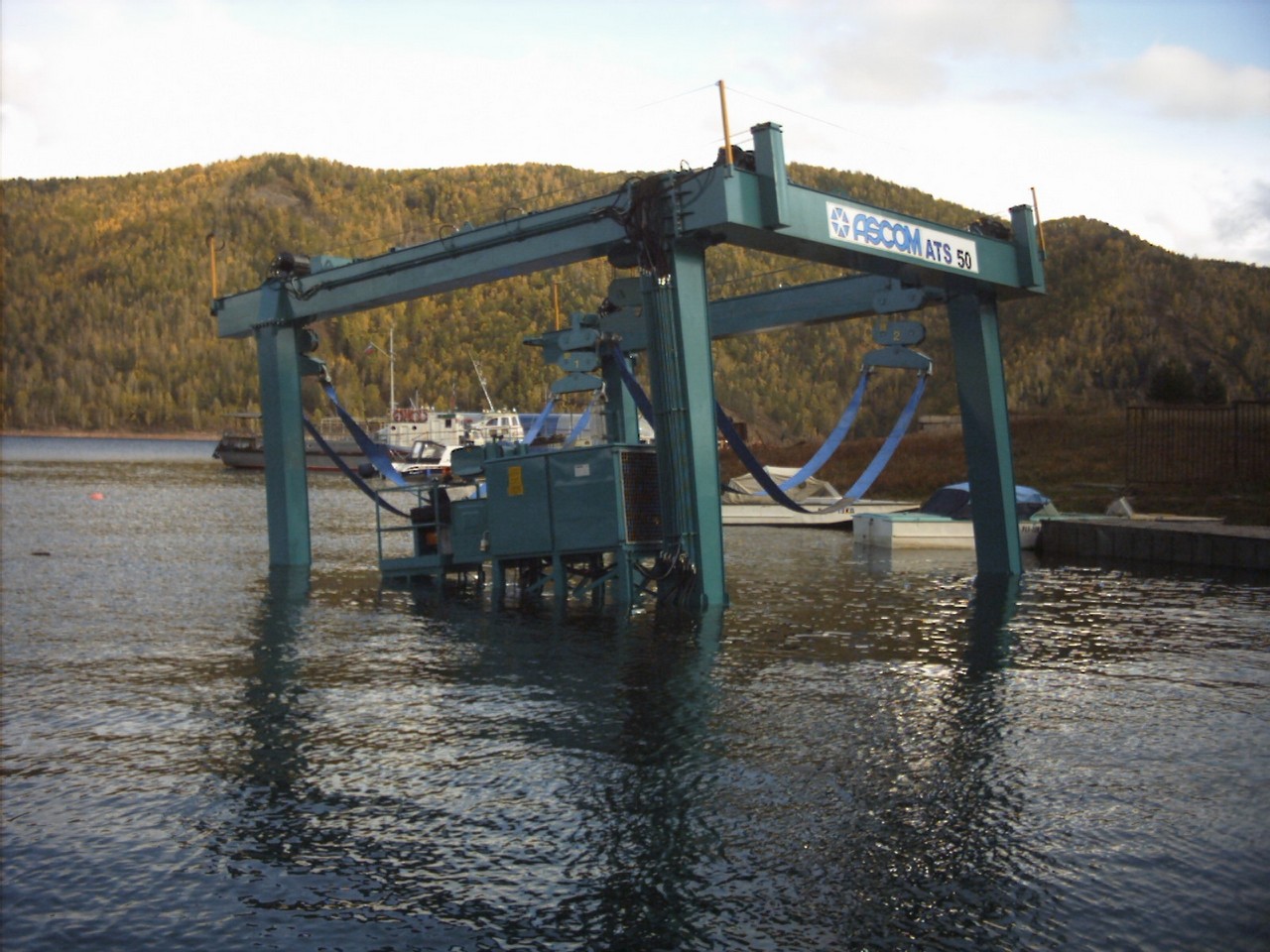
Email
Phone number
Connection will be made via internet - no charges apply. Microphone access required.
Leasing/Insurance
Adding to Favorites
Your comment:

